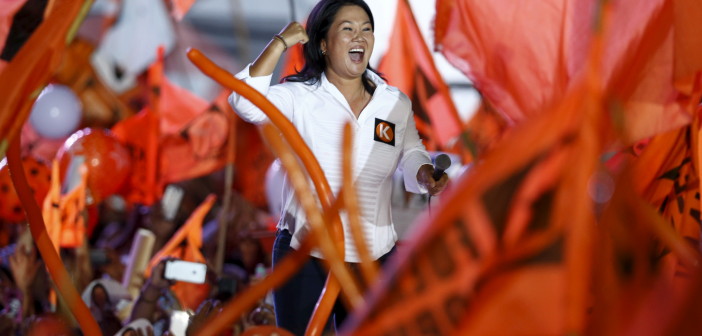The second round of presidential elections in Peru took place on June 5, but the result came only after four days of vote calculations. The economist Pedro Pablo Kuczynski defeated Keiko Fujimori in the presidential elections that were considered by the electoral authorities to be the most disputed in five decades. On June 9, 100 % of the ballot boxes were cleared and Kuczynski, the candidate of the party PPK (Peruvians by el Kambio), had 50.12 % of the votes while Keiko Fujimori, the candidate of the coalition Popular Force, had 49.88 %.
Fujimori seemed to be appointed as the favorite in some polls during the campaign, but acceptance of Kuczynski grew. According to political analysts, the scenario has changed especially after disclosures that the secretary general of Fujimori’s party, Joaquín Ramírez, who is accused of money laundering in Peru, was subject also an investigation of the US Drug Enforcement Agency (DEA), the US agency to combat drug trafficking. Two weeks before the vote, the justice of Peru initiated an investigation for money laundering against Keiko Fujimori and her husband.
Pedro Pablo Kuczyski have trouble ruling because the new Peruvian Congress will be controlled by Fujimori’s party, which elected 73 of the 130 parliamentarians. After 100% of the polls cleared, the new president gave a press conference. “There is a division between Peru’s south and north, between mountains and coast, we are one country and we have to work as one country.”
Keiko conceded defeat and said that her party will make a “vigilant ” opposition during the government of Kuczynski. According to her, Kuczyski won the elections with the support of ” promoters of hate”, relating to disclosures made about her possible involvement in money laundering . Despite the recognition of defeat, she said that the official results were “confused”.
The delay to calculate the polls due to the fact that the election is made by paper ballots. The main difficulty for the count was because the ballot boxes from remote areas of the capital Lima. An example is the Vraem region, where the ballot boxes are taken by river.





